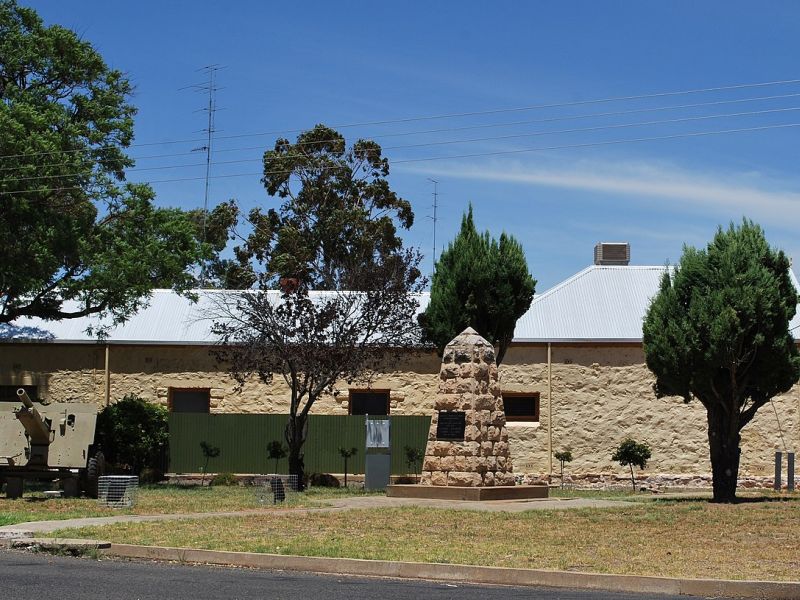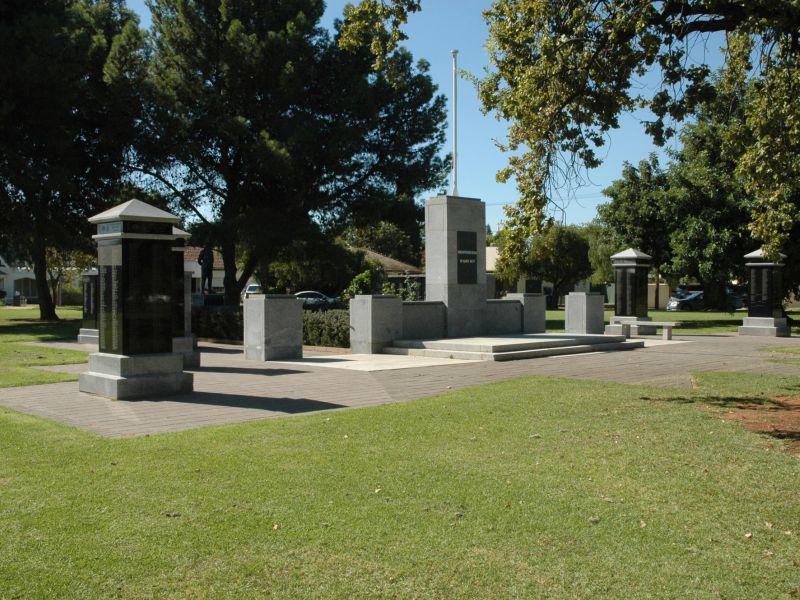Private Samson Daniel Fox, 38th Battalion, AIF
Samson Fox was born on 13 August 1893 at Cadell, South Australia, to Samson Daniel Fox senior, an Indigenous man from southern Victoria, and Eliza Bourne, a white woman from Kapunda, South Australia.
While Fox has been recognised as Aboriginal, the Australian War Memorial has not yet definitively connected him to his traditional lands. He had two siblings, Arthur and Alice, and half-siblings from his mother’s former marriage to an Aboriginal man named Charles Runga. Fox’s half-brother, Raymond Charles Runga, would serve with the 6th Battalion and be awarded the Military Medal at Herleville Wood in France.
Eliza’s three sons all enlisted and served in the First World War.
Samson Fox enlisted in the Australian Imperial Force in June 1915 at Liverpool, New South Wales. He embarked in late September with reinforcements to the 1st Field Artillery Brigade.
Before embarking, Fox married his sweetheart Alice Ada at Yarraville in Victoria.
Samson joined his unit on the Gallipoli peninsula in November as a driver, before they were evacuated to Egypt in December.
In March 1916, the unit were sent to France. Arriving in Marseilles, they travelled by train to the “Nursery Sector”, a relatively quiet part of the line near the town of Armentières.
On 23 July, the 1st Australian Division made its first major assault on the village of Pozières supported by heavy artillery fire. It was taken in intense fighting with German artillery pounding the area. The capture of Pozières was a significant achievement but came with huge losses – 5,000 men in five days.
At Pozières the destructive power of artillery dominated the battlefield. Shrapnel tore men to pieces, high explosives blew them to bits and destroyed trenches, smoke covered the muddy, stinking ground. It was the worst artillery shelling experienced by Australians in the war.
By mid-October 1916, Samson was a gunner in the 1st Field Artillery Brigade. The trenches were rainy, muddy and cold. Samson was admitted to hospital with “trench foot”, from standing for hours in waterlogged trenches in wet socks and boots.
He was evacuated to the 1st Southern General Hospital in England. Afterwards Samson trained with the 10th Training Battalion at Larkhill in Wiltshire.
In March 1917, he returned to France as a reinforcement for the 38th Battalion.
At 2am on 28 May 1917, a raiding party of seven officers and 214 other ranks went over the line near Ploegsteert in Belgium, attacking an enemy trench. There were 30 Australian casualties, some caused by friendly fire.
Samson Fox was killed in action. He was laid to rest by Reverend T.P. Wood, at the Strand Military Cemetery at Ploegsteert. He was 23 years old.
Samson was one of a number of Indigenous soldiers who served on Gallipoli and the Western Front. While at home in Australia they could not vote and were not counted in the census, in the AIF they were treated as equals, paid the same as other soldiers, and generally accepted without prejudice.
- Australian War Memorial https://www.awm.gov.au/collection/C2278465

 Australian War Memorial
Australian War Memorial
